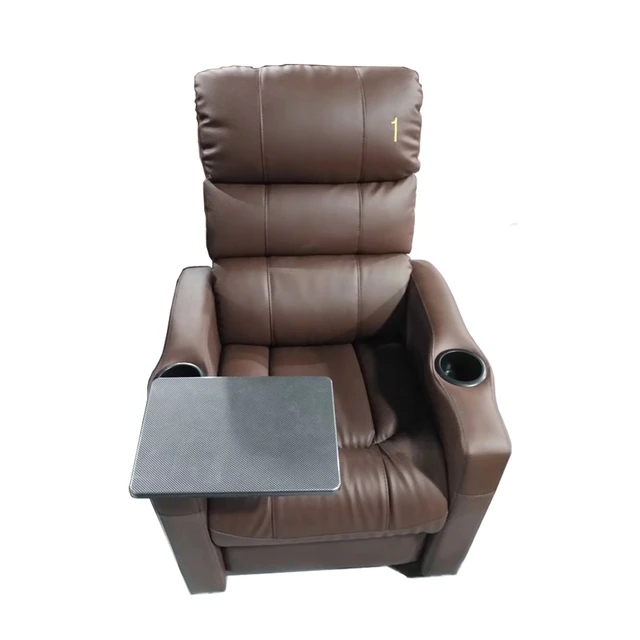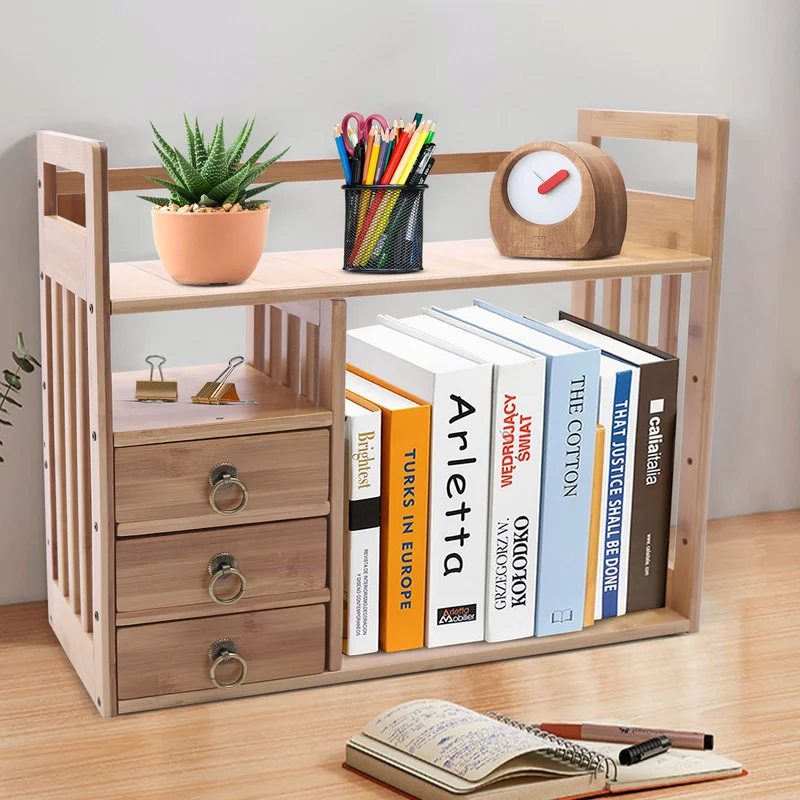Introduction:
A leather recliner is a timeless and luxurious piece of furniture that offers both style and comfort. With its sleek and sophisticated appearance, plush cushioning, and reclining function, a leather recliner is a perfect addition to any living space. In this comprehensive article, we will explore the features, advantages, various styles, tips for choosing and using, and care and maintenance tips for the best leather recliners. By understanding the benefits of these recliners, you can confidently select a leather recliner that combines style, comfort, and durability for your home.
Features of the Best Leather Recliner:
Genuine Leather Upholstery:
The best leather recliners are upholstered with high-quality genuine leather, which offers a supple, smooth, and luxurious feel.
Reclining Function:
A leather recliner features an adjustable backrest and footrest, allowing you to find your preferred position for relaxation, reading, or watching TV.
Comfortable Cushioning:
Leather recliners are designed with plush cushioning to provide optimum comfort. Look for options with ample padding and lumbar support for superior relaxation.
 Advantages of the Best Leather Recliner:
Advantages of the Best Leather Recliner:
Timeless Style:
Leather recliners offer a classic and elegant look that can complement various interior designs, from traditional to modern aesthetics.
Durability and Longevity:
Genuine leather is known for its durability, making leather recliners a long-lasting investment. With proper care, a leather recliner can maintain its beauty and functionality for many years.
Easy Maintenance:
Leather recliners are relatively easy to clean and maintain. Leather upholstery is resistant to spills and stains, and regular dusting or wiping keeps it looking new.
Allergy-Friendly:
Leather is hypoallergenic and resistant to dust mites, making leather recliners ideal for individuals with allergies or respiratory conditions.
Disadvantages of Leather Recliners:
While leather recliners offer numerous benefits, it’s important to consider their potential drawbacks before making a purchase decision. These disadvantages include:
Cost:
Genuine leather recliners tend to be more expensive compared to other upholstery options. The cost of high-quality leather can be a significant investment, making leather recliners less affordable for some individuals.
Maintenance:
Leather recliners require regular maintenance to keep them in good condition. Leather needs to be properly cleaned, conditioned, and protected to prevent drying, cracking, or discoloration. Failure to maintain leather properly can result in a decrease in its appearance and lifespan.
Susceptibility to Scratches:
Leather is prone to scratches, especially from sharp objects or pet claws. While minor scratches can add character to the leather over time, deeper scratches may require professional repair.
Temperature Sensitivity:
Leather can be sensitive to extreme temperatures. It can feel cold in cooler environments and hot in warmer climates. This sensitivity may decrease initial comfort until the leather adjusts to the room temperature.
Limited Color Choices:
Compared to other upholstery materials, leather recliners may have a more limited range of color options. While classic neutral tones are widely available, finding more vibrant or unique color choices may be more challenging.
Allergy Concerns:
While leather itself is hypoallergenic, some individuals may be sensitive to the chemicals used in the tanning and finishing process of leather. It’s important to consider allergies or sensitivities when choosing a leather recliner.
Initial Stiffness:
New leather recliners can be initially stiff and require a break-in period before reaching optimal comfort. The leather needs time to soften and mold to the shape of the user.
While leather recliners offer style, durability, and comfort, it’s important to consider the potential disadvantages before making a purchase. The cost, maintenance requirements, susceptibility to scratches, temperature sensitivity, limited color choices, potential allergies, and initial stiffness are factors to consider when evaluating the suitability of a leather recliner for your needs. By weighing these drawbacks against the desired benefits and considering your specific preferences and lifestyle, you can make an informed decision about whether a leather recliner is the right choice for you.
 Styles of the Best Leather Recliner:
Styles of the Best Leather Recliner:
Traditional:
Traditional leather recliners feature classic designs with details like tufted upholstery, rolled arms, and nailhead trim, adding a touch of elegance and sophistication to your living space.
Modern:
Modern leather recliners showcase sleek lines, clean designs, and minimalist aesthetics. They often incorporate materials like metal or wood accents for a contemporary look.
Transitional:
Transitional leather recliners blend elements of both traditional and modern styles, offering a versatile and timeless design that can easily adapt to various decor themes.
Tips for Choosing and Using the Best Leather Recliner:
Comfort and Support:
Sit in the leather recliner to test its comfort level. Pay attention to the cushioning, back support, and overall feel of the leather. Look for options that offer optimal comfort and support for your needs.
Size and Space:
Consider the size of your living space and the available room for the recliner. Measure the dimensions to ensure it fits comfortably without overwhelming the space.
Quality and Durability:
Examine the construction and material quality of the leather recliner. Look for sturdy frames made of materials like hardwood or metal. Consider the quality of the leather upholstery and ensure it is genuine leather.
Reclining Mechanism:
Test the reclining mechanism to ensure it operates smoothly and easily. Check if it has multiple reclining positions and if the footrest extends fully.
Maintenance and Care:
Follow the manufacturer’s instructions for cleaning and maintaining the leather recliner. Use recommended leather cleaners or conditioners to keep the leather supple and prevent drying or cracking.
 Care and Maintenance of the Best Leather Recliner:
Care and Maintenance of the Best Leather Recliner:
Regular Cleaning:
Dust the leather recliner regularly with a soft cloth or vacuum with a brush attachment to remove loose dirt and dust.
Spill and Stain Prevention:
Wipe away spills immediately with a clean, dry cloth. Avoid using harsh chemicals or abrasive cleaners that may damage the leather.
Conditioning:
Apply a leather conditioner every few months to keep the leather soft, moisturized, and protected from drying or cracking.
Avoid Direct Sunlight:
Position the leather recliner away from direct sunlight to prevent fading or discoloration. Use curtains or blinds to protect the leather from excessive UV exposure.
 Conclusion:
Conclusion:
The best leather recliners combine style, comfort, and durability, making them an excellent addition to any living space. By considering the features, advantages, various styles, tips for choosing and using, and care and maintenance mentioned in this article, you can confidently select a leather recliner that suits your needs and preferences. Embrace the timeless style, comfort, and longevity that a leather recliner offers, and create a luxurious and inviting seating area in your home.



